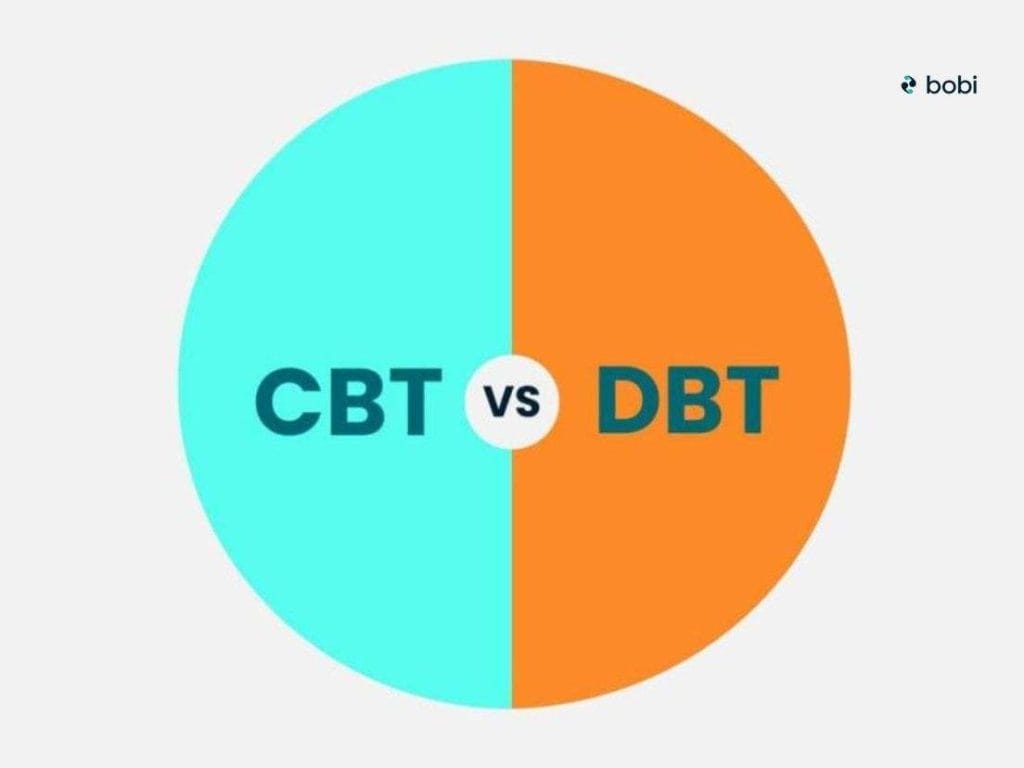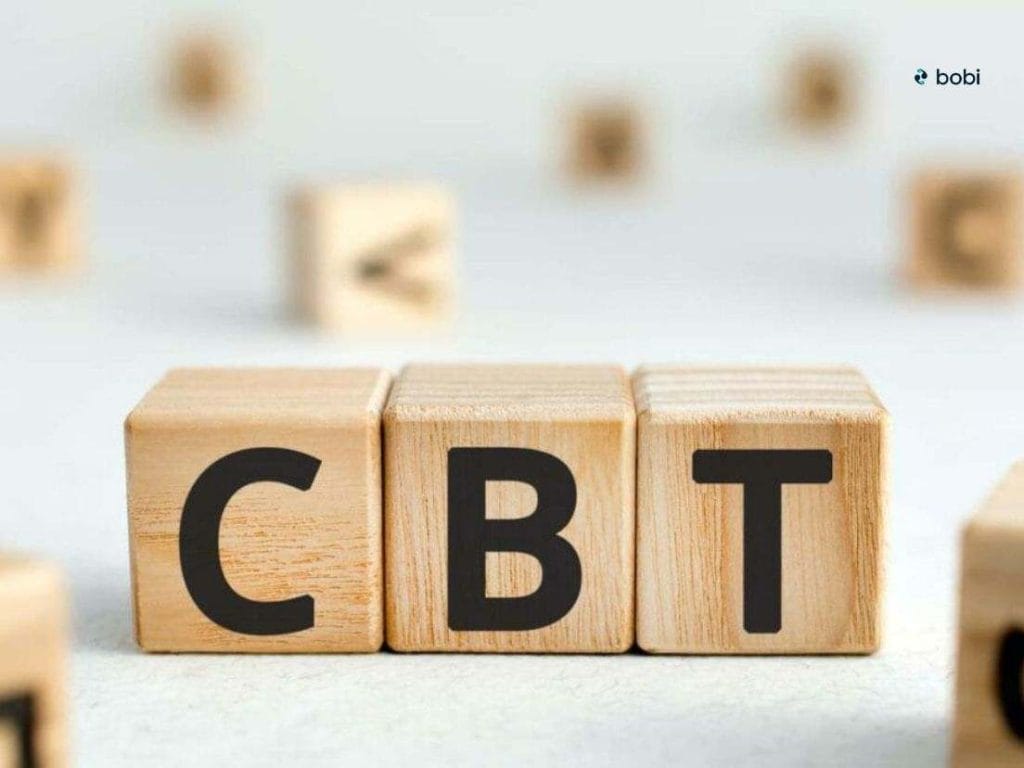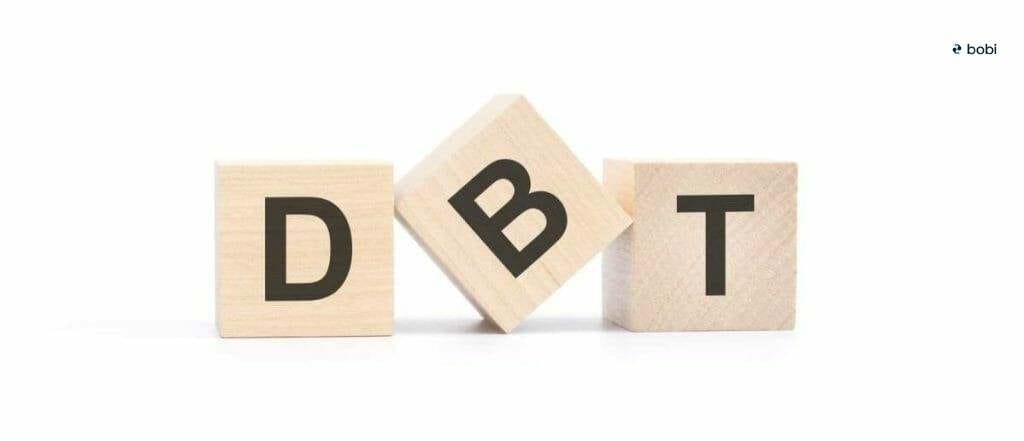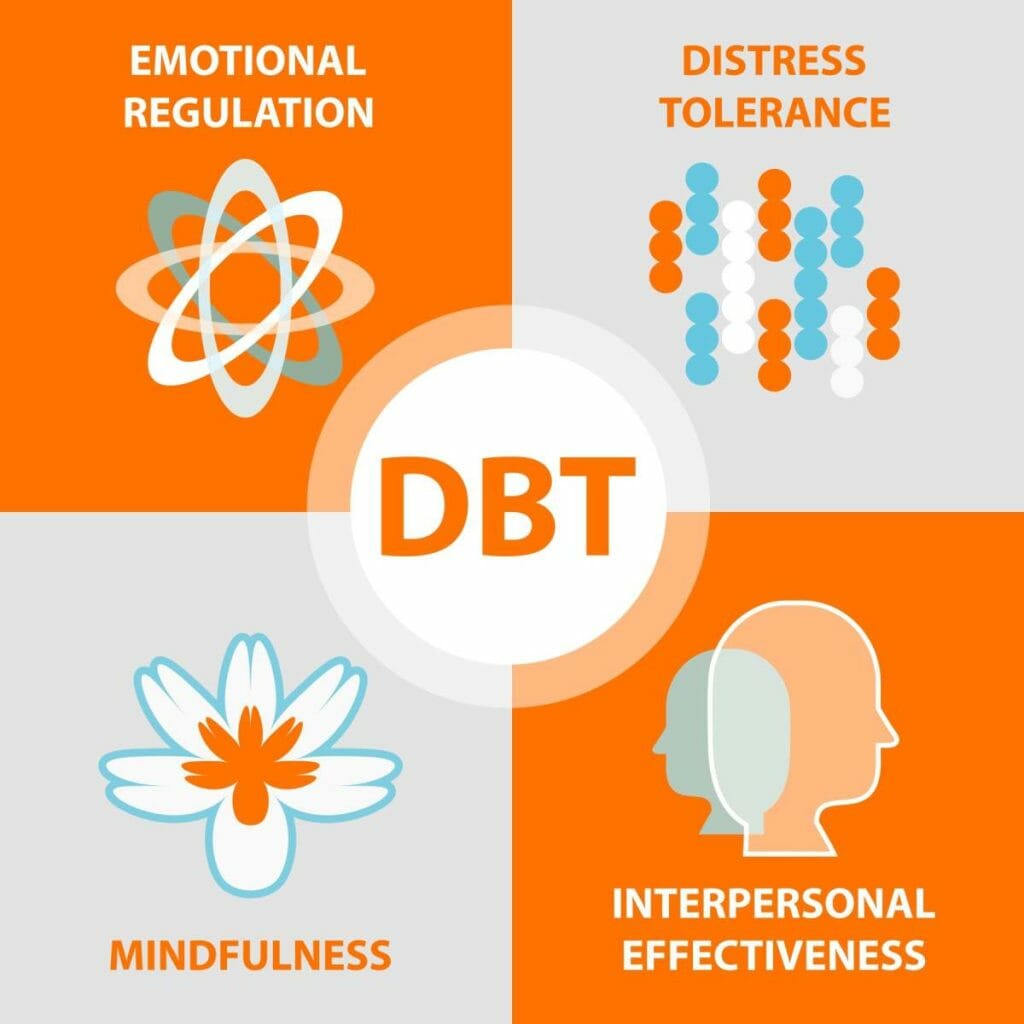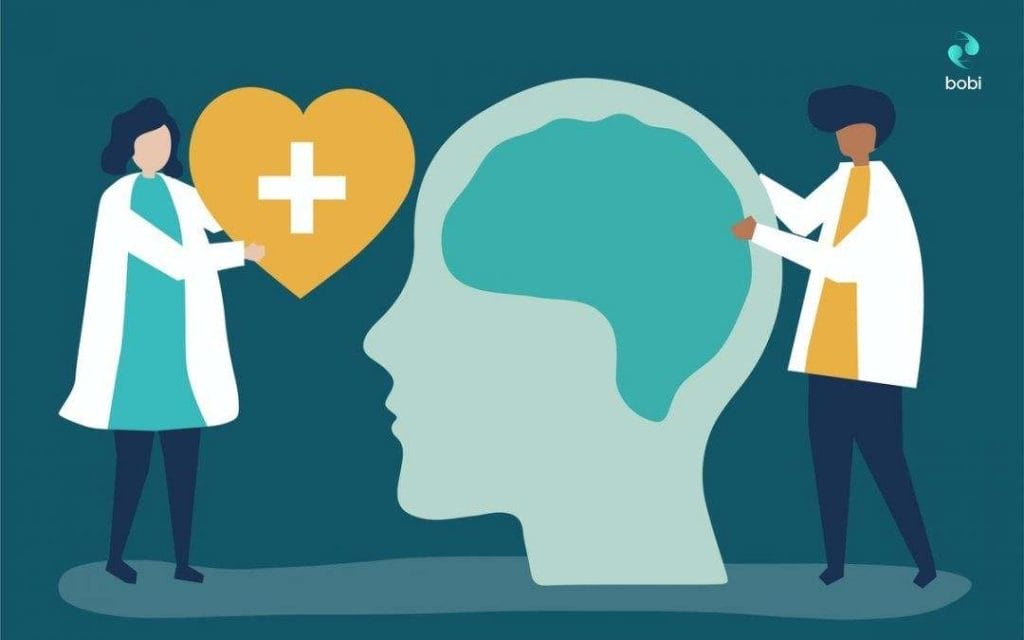Progressive Muscle Relaxtion: To Do List In Order for Muscle Relaxation to Occur
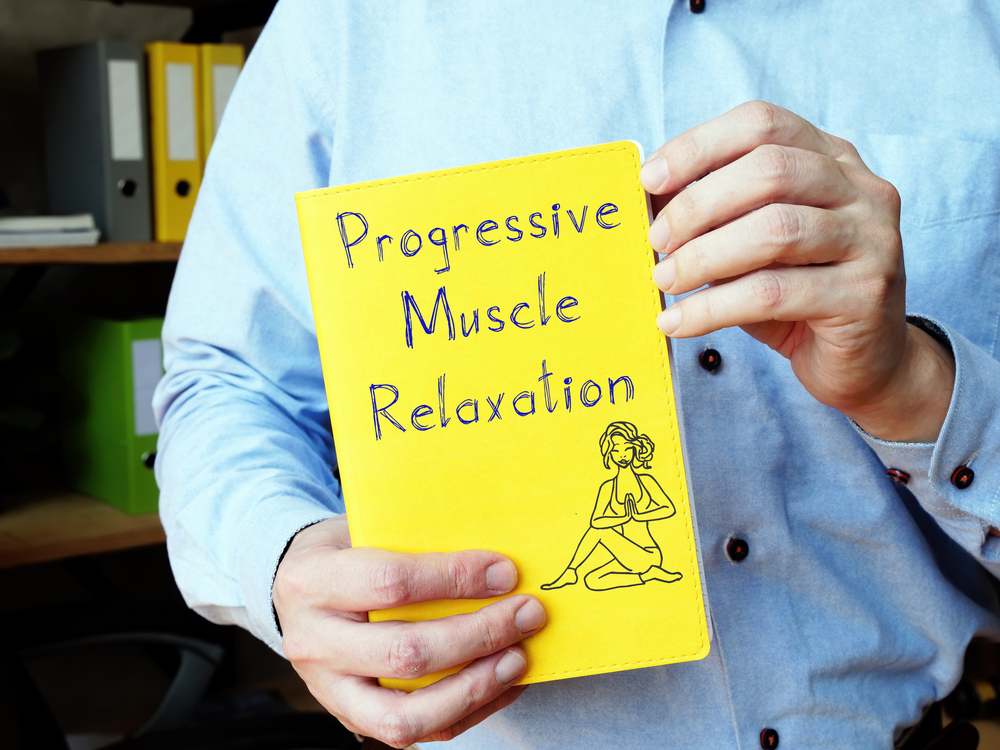
Have you ever felt like your muscles are always tense, and you just can’t seem to relax? That’s where progressive muscle relaxation comes in. It is one of the most commonly used relaxation techniques by mental health professionals. In order for muscle relaxation to occur, it’s vital you learn a simple process that’s able to be used by anyone, anytime.
Progressive Muscle Relaxation (PMR) is a systematic technique that involves tensing and relaxing specific muscle groups in the body. It has been used for decades to help people cope with stress, anxiety, and even physical pain. I recommend this technique all the time as something that can be used, alongside other techniques, to help facilitate relaxation.
In this blog post, we will dive deep into understanding what PMR is, how it works, and what benefits it offers. We’ll also go over a specific to-do list that you can try at home and considerations to keep in mind while practicing them. We’ll talk about how consistent practice leads to better relaxation and its use in elite sports, and lastly how you can utilise bobi alongside your PMR practice. So, let’s start exploring this effective muscle relaxation technique for any part of the body!
History of Progressive Muscle Relaxation
Progressive muscle relaxation was developed by American physician Edmund Jacobson in the early 20th century. Jacobson believed that muscle tension played a significant role in causing anxiety and sought a way to release this tension through the technique of tightening and relaxation of muscle groups, which eventually became known as progressive muscle relaxation.
This non-pharmacological approach gained popularity over time and is now widely recommended by healthcare professionals. It has also found its place in the world of elite sports. Jacobson’s technique aims to reduce stress and anxiety by systematically releasing physical and mental tension through the process of tensing and relaxing muscles in a comfortable position. By doing so, the body can achieve a state of deep relaxation.
Benefits of Progressive Muscle Relaxation
Progressive muscle relaxation effectively alleviates muscle tension and stress, aids in relieving headaches, cramping, and neck pain, and decreases high blood pressure levels. It also helps achieve pain relief, better sleep quality, and is valuable for pregnant women experiencing discomfort as per above.
Easing Anxiety and Tension
PMR has emerged as a highly effective method for easing anxiety and tension, with numerous studies underscoring its benefits. A pivotal study published in the Explore Journal found that individuals who practiced PMR experienced a significant decrease in anxiety levels compared to those who did not. This is attributed to the way PMR interrupts the cycle of chronic muscle tension and mental stress, a common feature in anxiety disorders. In conjunction with other techniques, such as breathing exercises, PMR can be a natural and effective way to decrease anxiety and control shortness of breath.
Further research in the field of psychophysiology has revealed that PMR can alter the body’s physiological response to stress. By reducing muscle tension, PMR lowers the heart rate and decreases blood pressure, both of which are often elevated during periods of anxiety. A recent study demonstrated that regular practice of PMR leads to improved autonomic regulation, which is crucial in managing the physical symptoms of anxiety and improving the quality of life. Incorporating PMR into a daily routine can provide a practical and non-pharmacological way to manage anxiety. Its simplicity and ease of practice make it accessible to a wide range of individuals, offering a valuable resource for those seeking to improve their mental health and well-being.
Physiological Benefits

PMR offers several physiological benefits. This technique has been associated with decreased blood pressure, reducing the risk of cardiovascular problems. By releasing muscle tension, PMR can alleviate muscular aches, pains, and headaches. It has also shown effectiveness in reducing the symptoms of migraines.
Furthermore, PMR improves breathing patterns, leading to an increased sense of oxygen intake and overall respiratory well-being. The steady supply of oxygen is essential for muscle cells and their optimal functioning. PMR can also enhance the efficiency of the circulatory system, ensuring that sufficient oxygen is delivered to the muscles for longer periods of time during physical activity.
In addition to these benefits, PMR helps individuals develop a better mind-body connection. By focusing on each muscle group, individuals become more aware of their bodies and any areas of discomfort. This self-awareness can lead to early identification and addressing of muscle damage or imbalances.
It’s important to note that the physiological benefits of PMR are not limited to specific regions of the body. Whether it’s alleviating tension in the lower extremities or the upper body, PMR promotes relaxation and comfort throughout the entire musculoskeletal system.
Improving Sleep Quality
Progressive muscle relaxation has also been found to enhance sleep by promoting a state of deep relaxation in the body. This technique and its sleep benefits have been well supported by research, which highlights its effectiveness in improving sleep quality.
One of the key benefits of progressive muscle relaxation for sleep is its ability to alleviate physical discomfort, including tense muscles, that may disrupt sleep. By releasing muscle tension, this practice can help reduce any physical pain or discomfort that might hinder a good night’s rest. Additionally, incorporating progressive muscle relaxation into a bedtime routine can create a calming ritual that signals the body to unwind and prepare for sleep.
Overall, progressive muscle relaxation is an effective technique for enhancing sleep quality. By promoting relaxation and alleviating physical discomfort, it helps individuals achieve a more restful and uninterrupted sleep.
Alleviating Migraines, Neck and Back Pain
Progressive muscle relaxation (PMR) has been proven effective in alleviating pain conditions like migraines, neck pain, and low back pain.
For migraine sufferers, PMR offers significant relief. A study published in the Journal of Behavioral Medicine found that participants who practiced PMR experienced a notable reduction in migraine frequency and intensity. This is attributed to the relaxation of muscle tension in the head and neck area, which is a common trigger for migraines.
In the context of neck and low back pain, PMR has shown similar benefits. Research in the Clinical British Journal of Pain indicates that PMR can effectively reduce chronic neck pain by promoting muscle relaxation and improving muscle function. Additionally, a study in the Spine Journal highlights the role of PMR in alleviating low back pain, emphasizing its potential to improve mobility and reduce discomfort.
The effectiveness of PMR in pain management is also linked to its ability to enhance body awareness. Individuals become more attuned to the sensations of tension and relaxation, allowing them to better identify and address areas contributing to their pain. This proactive approach is especially beneficial for chronic pain conditions, where ongoing stress and muscle tension can exacerbate symptoms.
Progressive Muscle Relaxation and Elite Sport
The integration of progressive muscle relaxation (PMR) into elite sports can be traced back to its origins as cited above. Jacobson’s pioneering work in relaxation and stress reduction laid the foundation for PMR’s application in sports. It was in the mid-20th century that sports psychologists and coaches began recognizing the potential of PMR in enhancing athletic performance. They adapted Jacobson’s techniques to suit the specific needs of athletes. In order for muscle relaxation to occur, the athletes focus on reducing muscle tension, which is crucial for optimal performance and injury prevention.
This adoption of PMR in sports was driven by the growing understanding of the mind-body connection in athletic performance. Coaches and sports psychologists realized that physical relaxation techniques could significantly impact mental preparedness and overall performance. PMR became a tool not just for physical conditioning but also for mental training, helping athletes to achieve a state of calm focus essential for competition.
For example, Olympic legend Michael Phelps has long advocated PMR as a critical part of his pre-race preparation. He had previously explained that his coach, Bob Bowman, had given a book, outlining PMR, to his mother when he was young. The book contained a script:
“Tighten your right hand into a fist and release it. Imagine the tension melting away.”

Today, PMR remains a vital component in the training and recovery protocols of elite athletes worldwide, a testament to its enduring effectiveness and the visionary work of Dr. Edmund Jacobson.
Paired Muscle Relaxation Vs Progressive Muscle Relaxation
Paired muscle relaxation is a simple extension of progressive muscle relaxation whereby the participant simply ‘pairs’ their breathing with the tightening (and release) of the muscles. Put simply, you breathe in upon contracting a muscle and release the breath as you relax the muscle. Paired Muscle Relaxation was popularised by the founder of dialectal behaviour therapy (DBT), Marsha Linehan, who incorporated the technique within the distress tolerance module.
How to Practice Progressive Muscle Relaxation
In order for muscle relaxation to occur, it’s important to follow a set routine that you can repeat time after time:
- Find a quiet and comfortable place where you can sit or lie down.
- Close your eyes and take several deep breaths to relax your body.
- Begin by focusing on one muscle group at a time, such as your hands, arms, shoulders, or legs.
- Tense each muscle group for about 5 seconds, squeezing as tightly as possible.
- Release the tension and allow the muscles to relax completely.
- Continue moving systematically through each muscle group, tensing and releasing.
- Pay close attention to the sensations of tension and relaxation in each muscle group
By following the tips above, you should be able to deploy PMR effectively on a daily basis.
Tips for Effective Progressive Muscle Relaxation
When practicing progressive muscle relaxation, there are several tips you can follow to ensure an effective and beneficial experience.
- Set aside dedicated time: Allocate about 15 to 20 minutes for each session of progressive muscle relaxation. This will allow you to fully engage in the practice and reap its benefits.
- Create a suitable environment: Choose a quiet and comfortable space where you can relax without distractions. It’s important to create an atmosphere that promotes relaxation and calmness.
- Wear comfortable clothing: Opt for loose, lightweight garments that allow for unrestricted movement. This will enhance your comfort and ease during the muscle tensing and releasing process.
- Begin with deep breathing: Before starting the muscle relaxation exercises, take a few moments to practice deep breathing. This will help you relax your body, clear your mind, and prepare for the progressive muscle relaxation technique.
- Be consistent with practice: Regularity is key when it comes to progressive muscle relaxation. Even during times when you feel calm, continue practicing to enhance your ability to relax and effectively manage stress.
Considerations While Practicing Progressive Muscle Relaxation
Progressive muscle relaxation involves being mindful of when to avoid the technique to prevent any adverse effects. Consulting healthcare professionals for guidance on muscle relaxation can enhance the effectiveness of the practice. Incorporating diaphragmatic breathing, which involves contracting the diaphragm, complements progressive muscle relaxation by promoting relaxation in the next muscle group and relaxed muscles throughout the body. Understanding the physiological effects of progressive muscle relaxation aids in optimizing its benefits.
When to Avoid This Technique
During pregnancy, it’s advisable to avoid progressive muscle relaxation to ensure safety. This technique may affect heart rate, so individuals with heart conditions should be cautious. Some may experience headaches as a result of progressive relaxation. However, it can relieve neck muscle tension and stress. Additionally, it’s important to consider its impact on insomnia. It’s always best to consult a healthcare professional for personalized guidance where you have concerns.
How Consistent Practice Leads to Better Relaxation?
In order for muscle relaxation to occur and also achieve relief from anxiety etc, consistent practice of progressive muscle relaxation is essential. Regular practice of PMR is crucial to experiencing its full benefits. By engaging in this technique regularly, you train your body to recognize the cues for relaxation and respond accordingly. Even during times when you feel calm, it is important to continue practicing to enhance your ability to relax and effectively manage stress levels.
Just like any skill, progressive muscle relaxation requires practice to master. Even during times when you feel calm, it is important to continue practicing to maintain and enhance your ability to relax. Consistency allows you to develop a sense of familiarity with the technique, making it easier for you to enter a relaxed state whenever needed.
With consistent practice, you become more attuned to the practice of progressive muscle relaxation that enhances muscle tension release, leading to better relaxation. It improves blood pressure control and deepens the feeling of relaxation, resulting in a more profound and lasting effect. Regular practice reinforces the mind-body connection and maximizes the benefits of this technique.
Progressive Muscle Relaxation and bobi
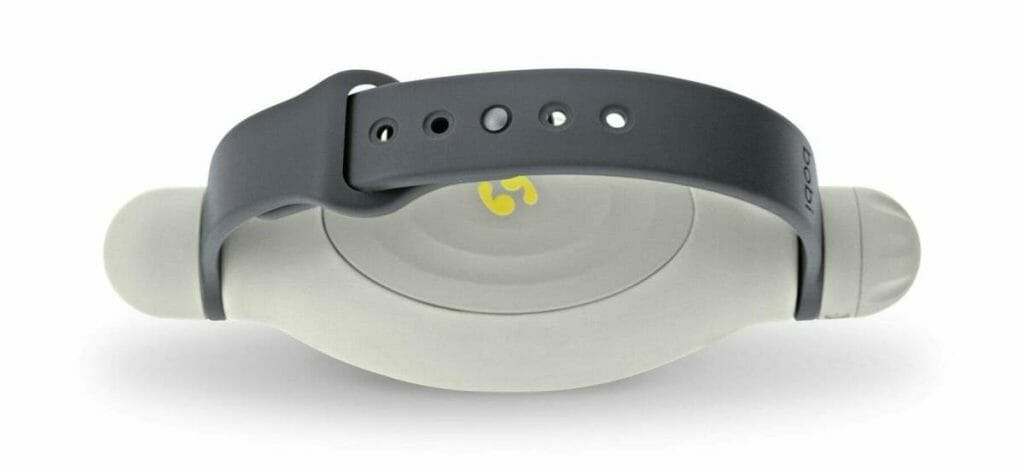
Enhance your progressive muscle relaxation practice with bobi’s guided breathing. Let bobi’s tactile cues and slow breathing technique G.E.N.3.6.5 help you release muscle tension and achieve a state of relaxation for better sleep. Try bobi for aided progressive muscle relaxation and synchronise your breathing as you squeeze in, and then relax.
bobi remains a highly effective tool to coach PMR as it utilises the exact biomechanics required through the tensing (contracting) of hand muscles followed by the release, and passive expansion, of the device. As such bobi is considered the perfect companion for embedding PMR into your daily route.
Conclusion
Progressive Muscle Relaxation is a powerful technique that offers numerous benefits for both physical and mental well-being. By systematically tensing and relaxing different muscle groups, you can release stress and tension, improve sleep quality, alleviate pain, and even reduce the frequency and severity of migraine attacks. The science behind this technique lies in the mind-body connection, where the relaxation of muscles signals the brain to release endorphins, creating a sense of calm and relaxation. It is important to follow the guided steps and tips for beginners to practice progressive muscle relaxation effectively.
bobi is an ideal accompaniment to your daily PMR practice. bobi’s unique design that mimics human breathing is the perfect breathing companion to use while you are learning and adopting this technique. All the research supports the use of tactile prompts to accelerate and improve the rate of adoption of new habits. Get your bobi from here.
FAQs:
- What is Progressive Muscle Relaxation (PMR) and how does it work?
PMR is a systematic technique that involves tensing and then relaxing specific muscle groups in the body. It helps in coping with stress, anxiety, and physical pain by systematically releasing physical and mental tension.
- What are the benefits of practicing PMR?
PMR offers several benefits including alleviation of muscle tension and stress, relief from headaches, cramping, neck pain, reduction in high blood pressure levels, pain relief, improved sleep quality, and it can be particularly beneficial for pregnant women experiencing discomfort.
- How can PMR help in managing anxiety and tension?
PMR has been proven effective in easing anxiety and tension. It interrupts the cycle of chronic muscle tension and mental stress, which are common in anxiety disorders. Regular practice of PMR leads to improved autonomic regulation, managing the physical symptoms of anxiety.
- How should one practice Progressive Muscle Relaxation effectively?
To practice PMR effectively, find a quiet and comfortable place, focus on one muscle group at a time, tense each group for about 5 seconds, and then release. It’s important to pay close attention to the sensations of tension and relaxation in each muscle group.
- Are there any considerations or situations where PMR should be avoided?
PMR should be avoided during pregnancy and by individuals with heart conditions, as it may affect heart rate. Some may experience headaches as a result of progressive relaxation. It’s always advisable to consult a healthcare professional for personalized guidance before starting PMR.
Research:
- Farias, M., Wikholm, C., & Delmonte, R. (2018). Meditation and Yoga can Modulate Brain Mechanisms that affect Behavior and Anxiety-A Modern Scientific Perspective. Ancient Science, 5(1), 13-19. Available at: link.
- Hofmann, S. G., & Gómez, A. F. (2021). Mindfulness-Based Interventions for Anxiety and Depression. Psychiatric Clinics of North America, 41(4), 739-749. Available at: link.
- Meuret, A. E., Ritz, T., Rosenfield, D., Wilhelm, F. H., & Roth, W. T. (2019). Hyperventilation in Panic Disorder and Asthma: Empirical Evidence and Clinical Strategies. International Journal of Psychophysiology, 148, 23-39. Available at: link.
- Chen, Y. W., & Dilsaver, S. C. (2016). Lifetime Rates of Suicide Attempts among Subjects with Bipolar and Unipolar Disorders Relative to Subjects with Other Axis I Disorders. Biological Psychiatry, 59(6), 491-499. Available at: link.
- Smith, J. L., Steel, Z., & Ward, P. B. (2023). Yoga and Mental Health: A Synthesis of the Evidence and Potential Mechanisms of Change. Advances in Mind Body Medicine, 37(1), 14-25. Available at: link.


